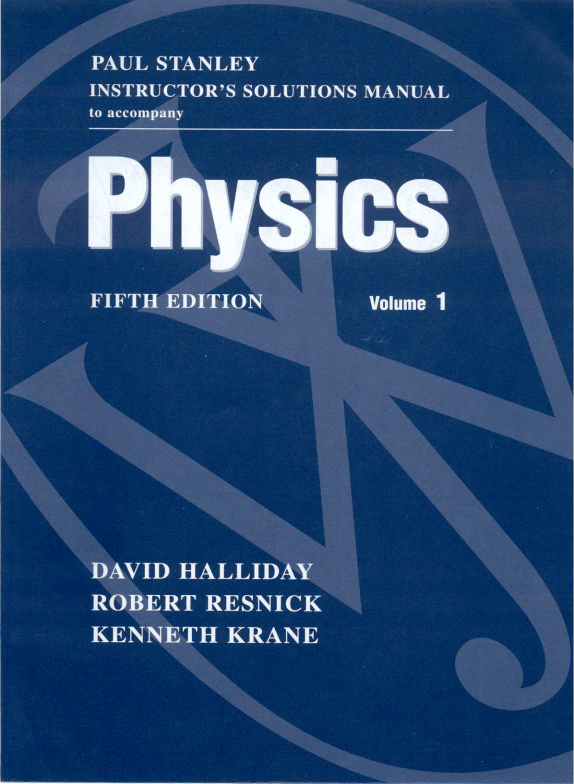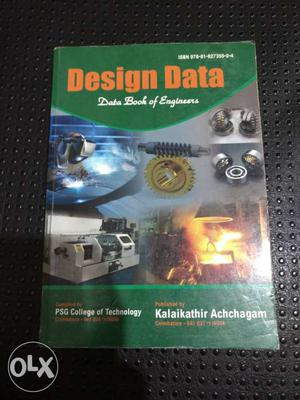

#DOWNLOAD ASPE DATA BOOK VOLUME 3 PDF FREE FULL#
Full postal address All necessary files have been uploaded: Manuscript:.One author has been designated as the corresponding author with contact details: Ensure that the following items are present: Please check the relevant section in this Guide for Authors for more details. Submission checklist You can use this list to carry out a final check of your submission before you send it to the journal for review. Short Communications, which are submitted in the same way as papers, concentrate on new techniques, concepts and instruments they should not exceed 5,000 words with 15 references and simple illustrations may be included not exceeding 5 figures and 1 table. The Editors reserve the right to require authors to conform to the length guidelines given here. Review papers should not normally exceed 20,000 words with 300 references.

The abstract, the nomenclature, concise figure captions and references are additional to the length allowance.

Research papers should not normally exceed 10,000 words with 40 references, an average of 20 figures and 4 tables (the inclusion of more figures and tables will reduce the word allowance, and vice versa). Authors are urged to write as concisely as possible. Types of Paper Original research papers, reviews, short communications, letters, letters to the editor, news items, calendar inserts. For more information about each of these three societies, please visit their home pages: ASPE: eu spen: JSPE: In addition to its continuing association with the American Society for Precision Engineering (ASPE), the journal is now associated with two further bodies: the newly established european society for precision engineering and nanotechnology (eu spen) and the Japan Society for Precision Engineering (JSPE), founded in 1933. In addition to its continuing association with the American Society of Precision Engineering (ASPE), the journal is now associated with two further bodies: the newly established European Society for Precision Engineering and Nanotechnology (EUSPEN) and the Japan Society for Precision Engineering (JSPE), founded in 1933.įor more information about each of these three societies, please visit their home pages: ASPE: eu spen: JSPE: Now, with effect from January 2000, it assumes a new look, proudly proclaiming itself the Journal of the International Societies for Precision Engineering and Nanotechnology. Precision Engineering was first published in January 1979 since 1986 it has also been known to many of its readers as the Journal of the American Society of Precision Engineering. The scope includes precision-engineered systems and supporting metrology over the full range of length scales, from atom-based nanotechnology and advanced lithographic technology to large-scale systems, including optical and radio telescopes and macrometrology. The journal takes an integrated approach to all subjects related to research, design, manufacture, performance validation, and application of high precision machines, instruments, and components, including fundamental and applied research and development in manufacturing processes, fabrication technology, and advanced measurement science. Precision Engineering - Journal of the International Societies for Precision Engineering and Nanotechnology is devoted to the multidisciplinary study and practice of high accuracy engineering, metrology, and manufacturing.


 0 kommentar(er)
0 kommentar(er)
